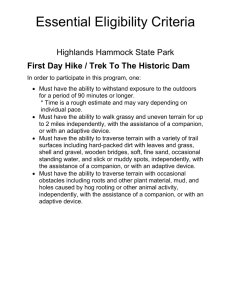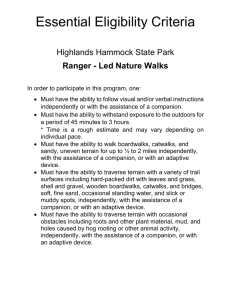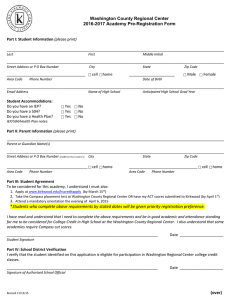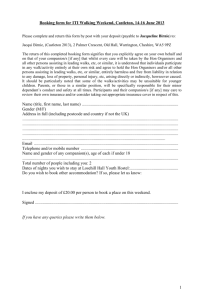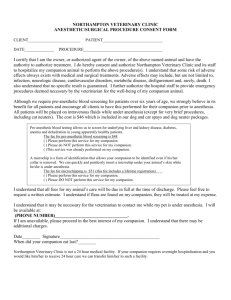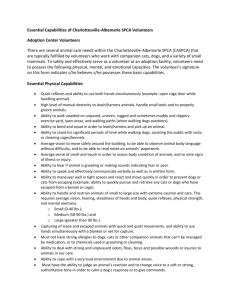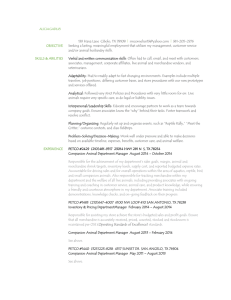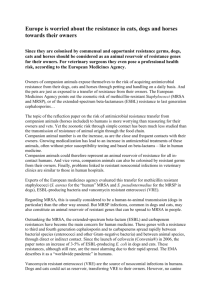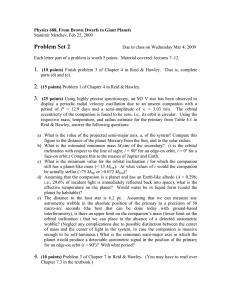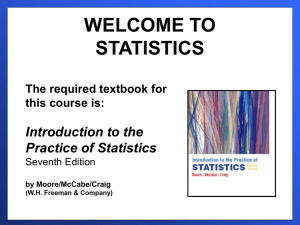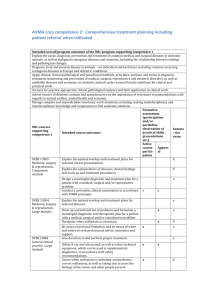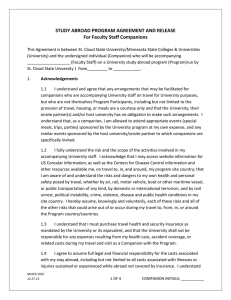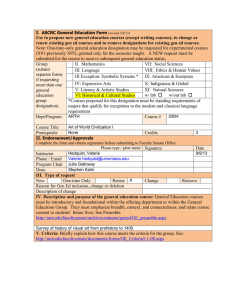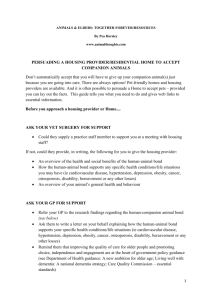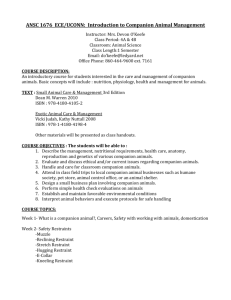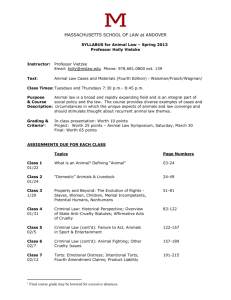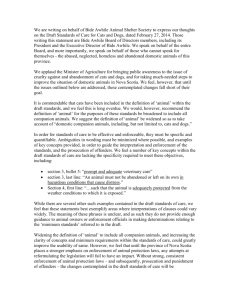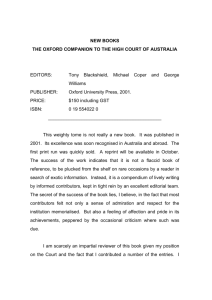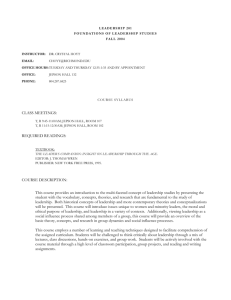Setting up a debate
advertisement
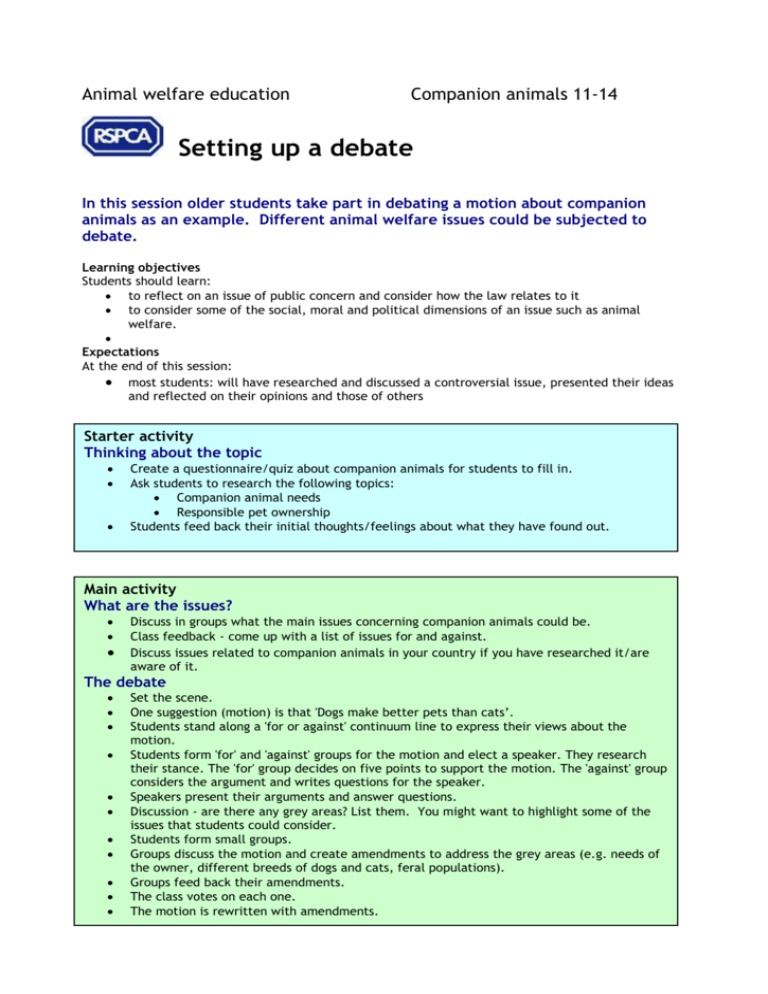
Animal welfare education Companion animals 11-14 Setting up a debate In this session older students take part in debating a motion about companion animals as an example. Different animal welfare issues could be subjected to debate. Learning objectives Students should learn: to reflect on an issue of public concern and consider how the law relates to it to consider some of the social, moral and political dimensions of an issue such as animal welfare. Expectations At the end of this session: most students: will have researched and discussed a controversial issue, presented their ideas and reflected on their opinions and those of others Starter activity Thinking about the topic Create a questionnaire/quiz about companion animals for students to fill in. Ask students to research the following topics: Companion animal needs Responsible pet ownership Students feed back their initial thoughts/feelings about what they have found out. Main activity What are the issues? Discuss in groups what the main issues concerning companion animals could be. Class feedback - come up with a list of issues for and against. Discuss issues related to companion animals in your country if you have researched it/are aware of it. The debate Set the scene. One suggestion (motion) is that 'Dogs make better pets than cats’. Students stand along a 'for or against' continuum line to express their views about the motion. Students form 'for' and 'against' groups for the motion and elect a speaker. They research their stance. The 'for' group decides on five points to support the motion. The 'against' group considers the argument and writes questions for the speaker. Speakers present their arguments and answer questions. Discussion - are there any grey areas? List them. You might want to highlight some of the issues that students could consider. Students form small groups. Groups discuss the motion and create amendments to address the grey areas (e.g. needs of the owner, different breeds of dogs and cats, feral populations). Groups feed back their amendments. The class votes on each one. The motion is rewritten with amendments. Animal welfare education Companion animals 11-14 Follow-up activity What do we think now? Students stand on the for or against continuum line again for the new motion - have their views changed? What made them change their views?

